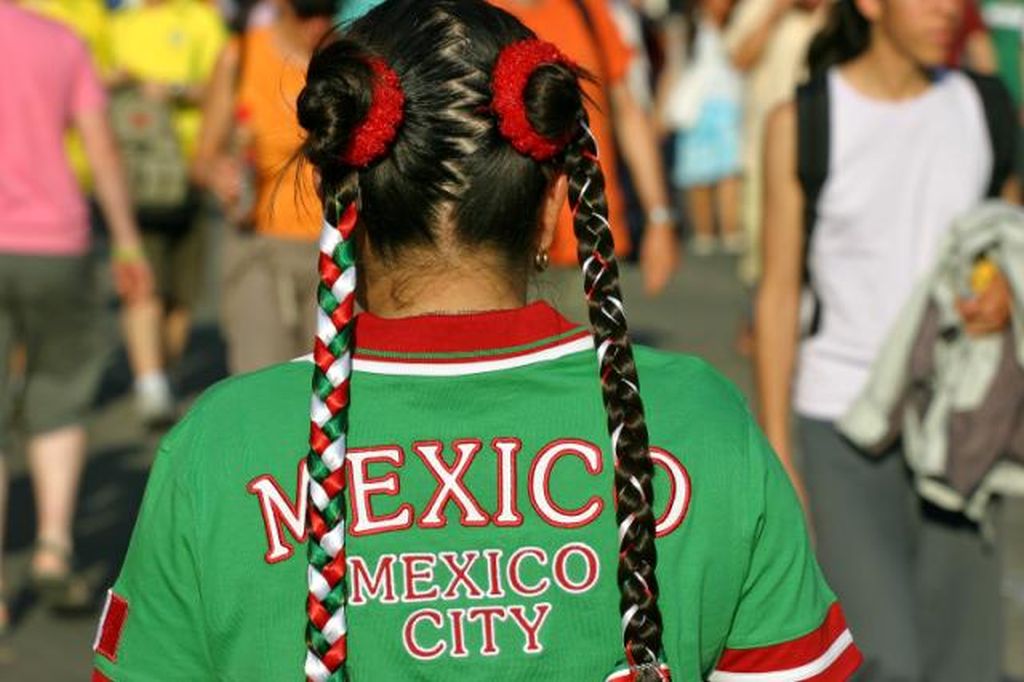Brazil and Mexico have the same problem: they are growing too little
The two largest economies in Latin America are currently developing in an astonishingly similar way – even though they have completely different structures.
by Alexander Busch, Latin America correspondent for Handelsblatt and Neue Zürcher Zeitung
In Brazil and Mexico, Latin America’s two largest economies, central banks have been raising interest rates to curb inflation long before the FED and the ECB. According to forecasts by investment banks such as JP Morgan, inflation in both countries will fall to around 5.5 percent this year.
But the successes on the inflation front have come at a high price: High interest rates in Brazil are one of the reasons why the economy slipped into recession late last year. This year, Brazil will grow by just 0.5 percent (2022: 2.9 percent). In Mexico, on the other hand, growth forecasts for this year have recently improved, despite high interest rates. However, the number two economy in Latin America will also only grow by 1.7 percent this year. In 2022, the figure was 3.1 percent.
Mexico benefits above all from its proximity to the USA and privileged access to the world’s largest single market. The USA, Mexico and Canada are integrated with each other in the USMCA free trade area. Now, in short order, BMW and then Tesla have announced that they will start production of electric cars in Mexico. Already last year, foreign corporations invested $35 billion in Mexico, the most since 2015. Remittances from Mexicans in the U.S. account for an additional four percent of GDP.
But Brazil also increased its foreign investment to $91 billion last year. This puts the country in fourth place worldwide in terms of foreign direct investment. The last time the figure was this high was eleven years ago, when Brazil was still growing at double-digit rates.
In many other respects, too, the two largest economies are similar in macro data, despite the different structure of their economies: While Brazil mainly exports raw materials, food and energy, Mexico’s exports are dominated by industrial products. Consumption on the domestic market is crucial for growth in both economies. Brazil, for example, concentrated 38 percent of Latin America’s GDP with a gross domestic product of $1,919 billion. Mexico followed with $1,421 billion and 23 percent of regional economic output.
In terms of inflation, current account deficits and dollar debt, the two economies are fairly similar. The most important differences can be seen in their national budgets: While Brazil produces a national deficit of more than eight percent of GDP, i.e. spends far more than it takes in, the deficit in Mexico’s national budget is only four percent.
However, both economies are performing similarly badly in one crucial respect: they are both growing far too little compared with the average for the emerging markets worldwide. Mexico has barely returned to its pre-pandemic level. Next year, both economies will grow by just one percent – according to JP Morgan. That is far too little in view of the poverty problems in these countries.






